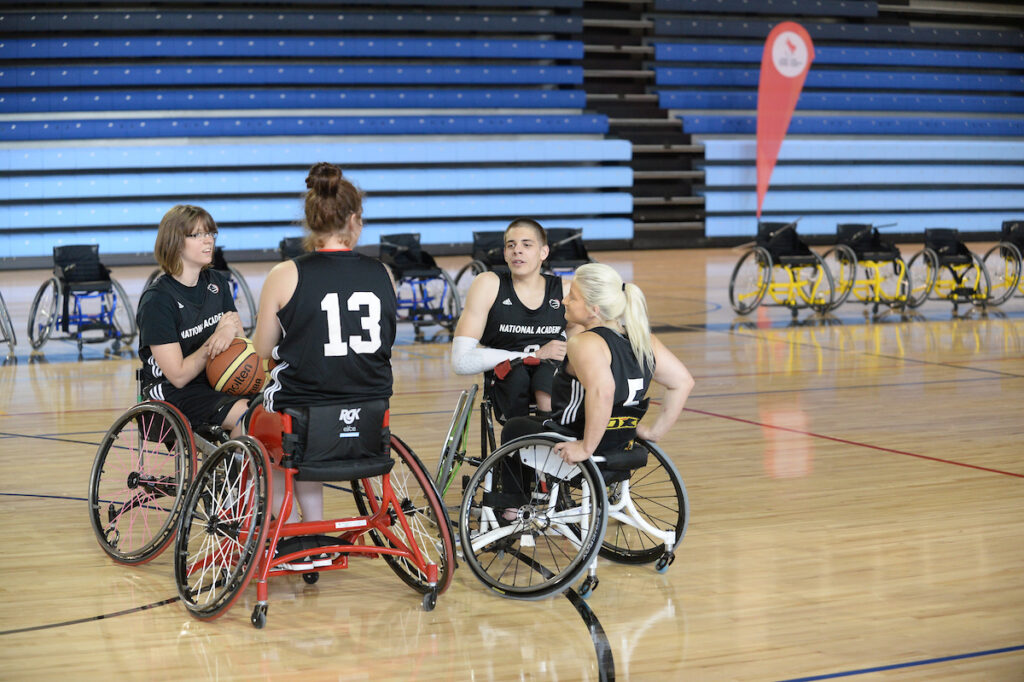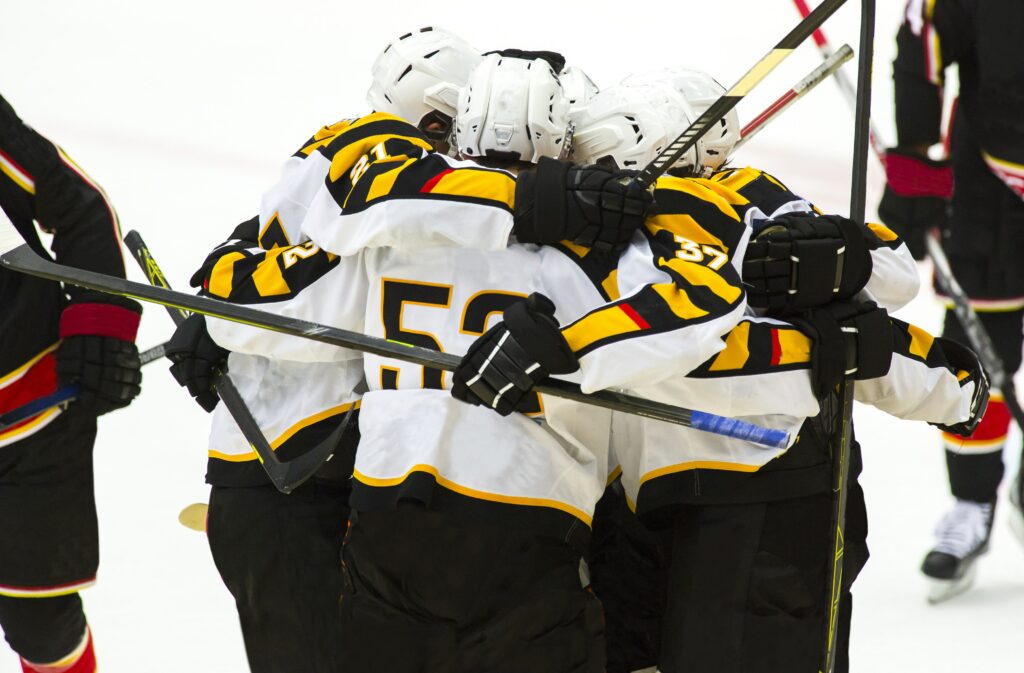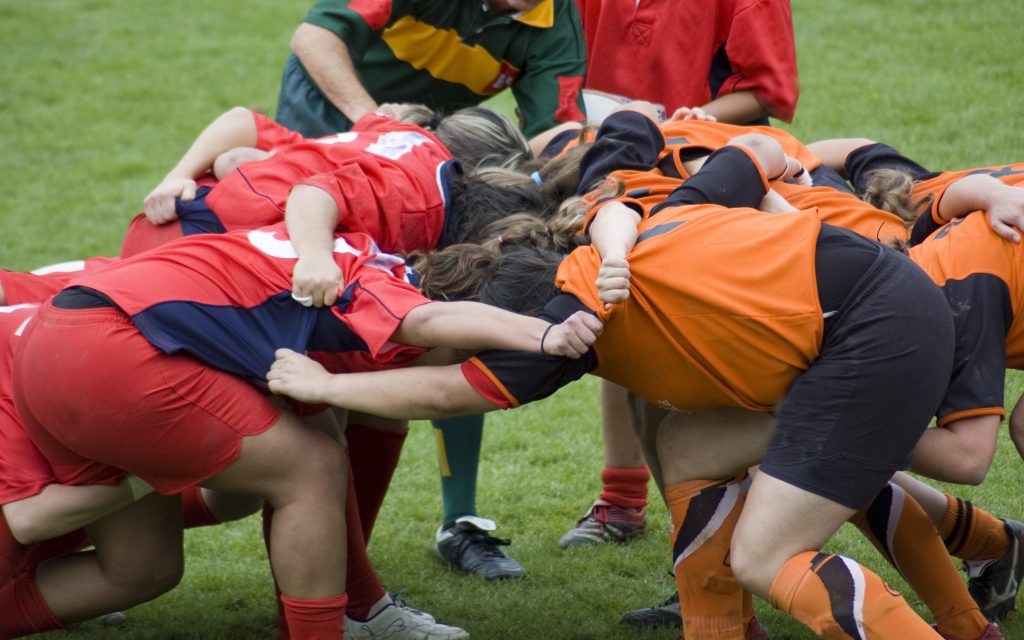Community parasport – The experiences of female youth

The upcoming Tokyo Paralympics will be an opportunity to inspire the next generation of Canadian Paralympians. However, without strong development pathways, young Canadians may not have the opportunity to pursue their dreams. An important first step along any development pathway is a positive introduction to sport through grassroots community programs. There is a persisting gap…
Match Grant success story
Researchers at the University of Alberta partnered with JumpStart Charities to evaluate the reach and impact of the Keeping Girls in Sport online module. Survey findings demonstrated some interested uptake patterns, and reinforced the value of the program for increasing awareness and know-how to create positive sport environments for girls. Applications for the 2020/2021 SIRC…
Skeleton technology
In a skeleton race, improvements of fractions of a second at the start can make all the difference at the finish line. Researchers from the University of Bath recently developed the first non-invasive motion capture technology to accurately track the push-start phase of a skeleton race. The new technology could help athletes and coaches track…
“If it Ain’t Broke Don’t Fix it:” Managing Subgroups in Sport

This blog is the final installment in a series in collaboration with Queen’s University. As an assignment to build knowledge mobilization skills, Dr. Luc Martin, Associate Professor in the School of Kinesiology and Health Studies, tasked students in his third year team dynamics course to write a SIRC blog. The top five were submitted to and published by…
Concussion Under-Reporting
A team that consistently emphasizes a “win at all cost” attitude could be a team that has developed a tendency to turn a blind eye to injury, reinforcing under-reporting of concussion by members. Recent studies suggest an alarming trend in youth sport for athletes to “power through” symptoms, jeopardizing their own heath for the perceived…
Returning to Sport Post-Isolation
Following a reduction of public health restrictions, some athletes may be excited about being with friends, returning to training, and looking forward to competition; others will experience fear and anxiety relating to the risk of infection, the effects of detraining, or being behind competitors and teammates. Coaches can learn more to prepare for this range…
Half-Time Pep Talks
Wondering whether to use a positive or negative approach to your half-time speech to your athletes? Analysis of hundreds of high school and college games suggests in the short term, negative emotion (e.g. anger, disappointment) might actually push athletes to greater effort…to a certain point. Extremely negative expressions of emotion impeded the player’ performance.
Concussion in Football
Players using the crown of their head to initiate contact with another player is one of the most dangerous practices in football for concussion. Learn how rule changes and coach, official and athlete training and education are reducing the risk of concussion in football.
The Role of Group Norms in the Underreporting of Concussions in Youth Sport

This blog is the fourth installment in a series in collaboration with Queen’s University. As an assignment to build knowledge mobilization skills, Dr. Luc Martin, Associate Professor in the School of Kinesiology and Health Studies, tasked students in his third year team dynamics course to write a SIRC blog. The top five were submitted to SIRC, and will…
Survey Supports Values-Based Sport
In a survey of Gymnastics Canada members and stakeholders, 100% felt adding the True Sport Principles to the National Coaching Certification Program (NCCP) courses would be an effective strategy to provide coaches with education and training to deliver quality sport experiences. This supported the creation of a new e-Learning course developed to reflect Gymnastics Canada’s…